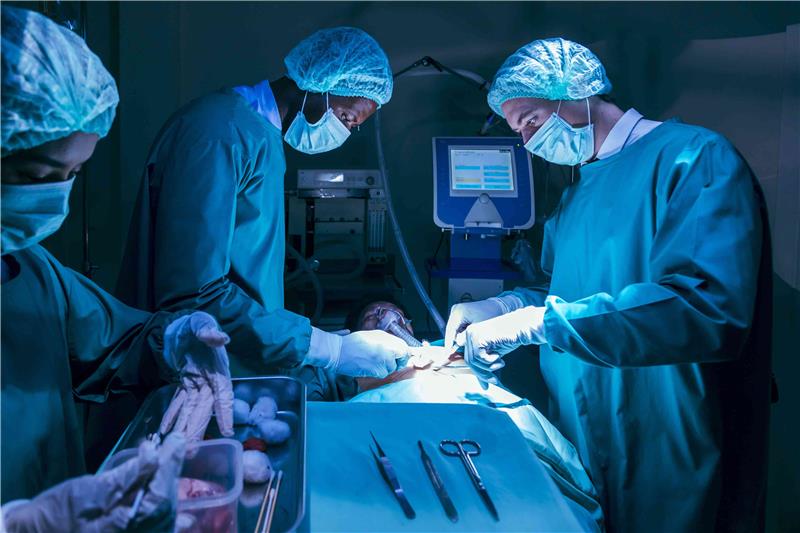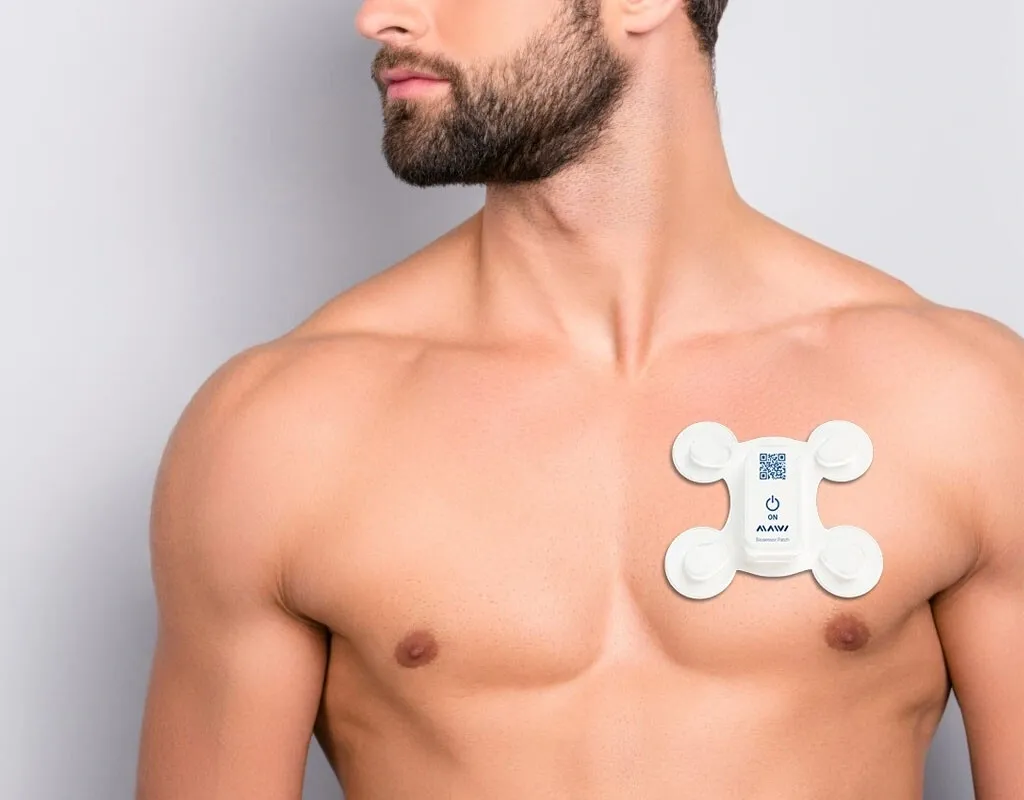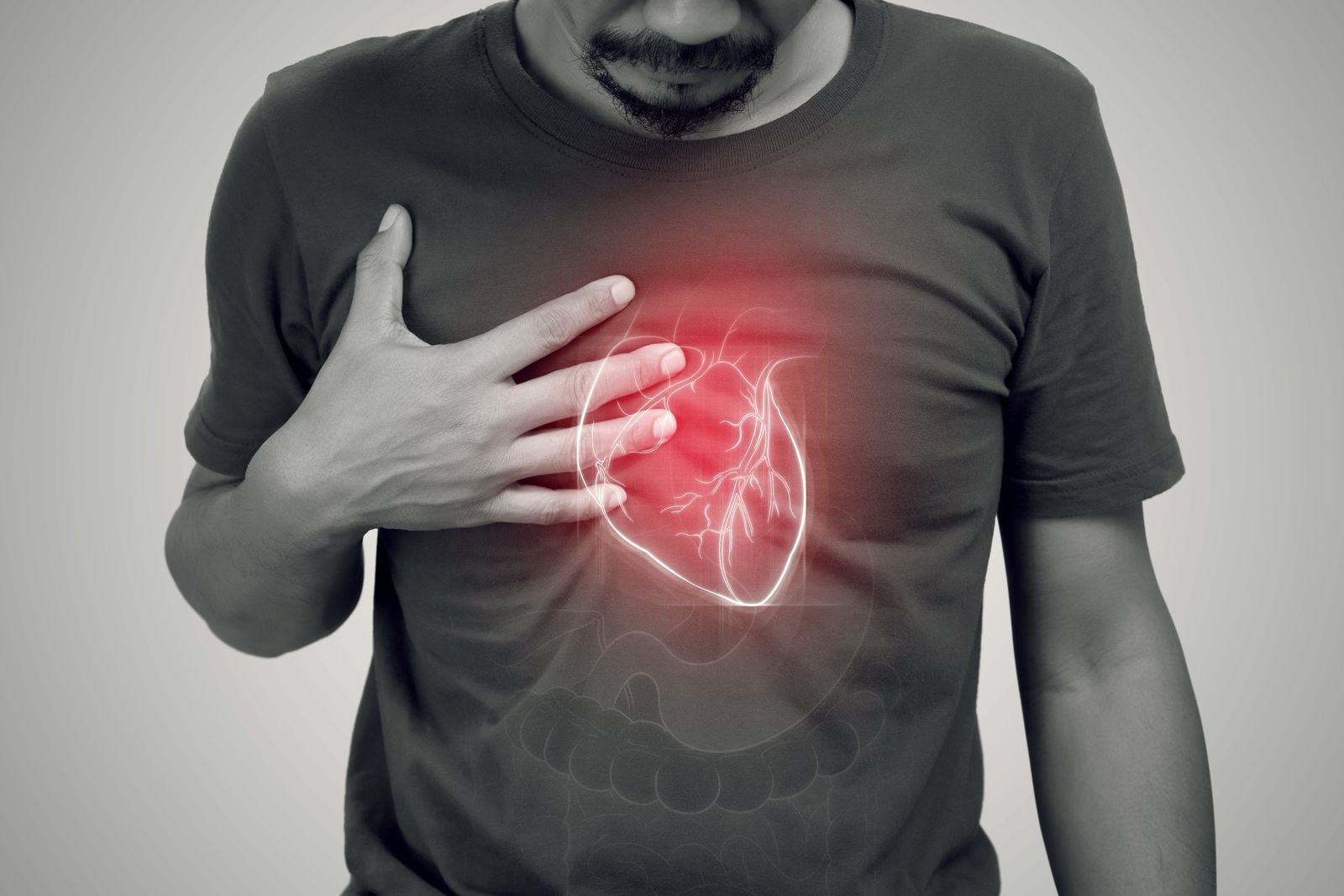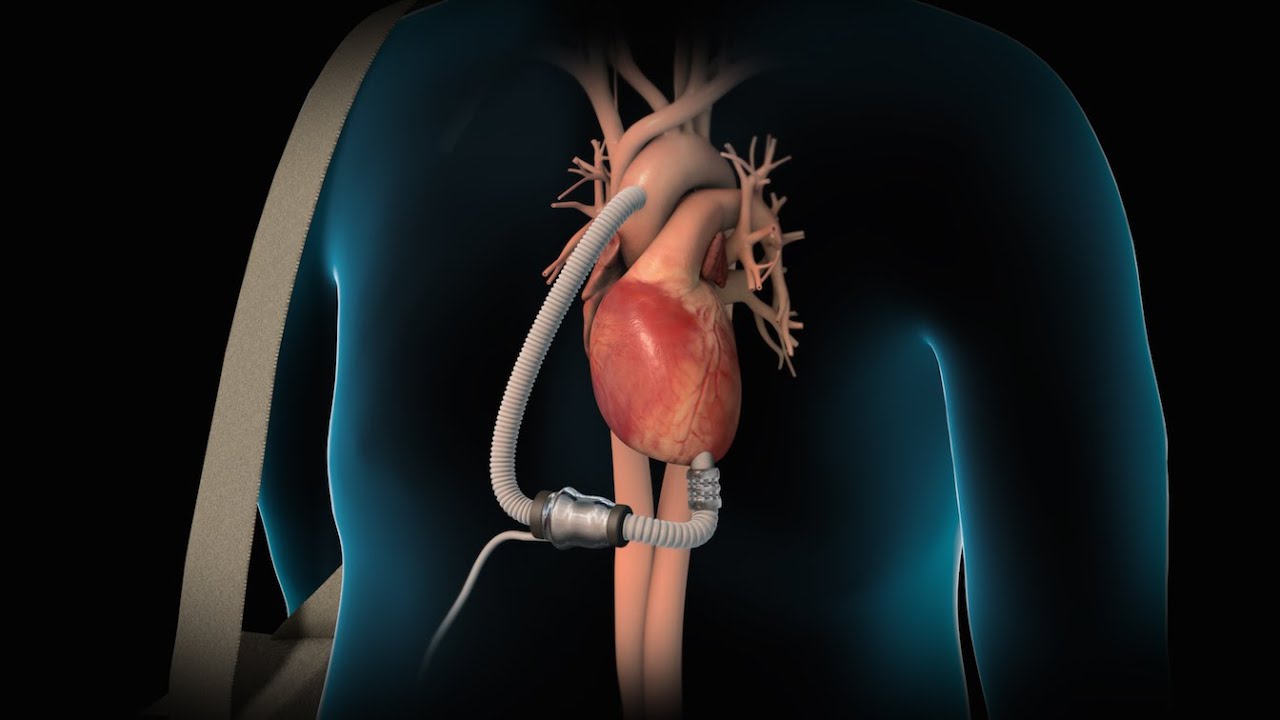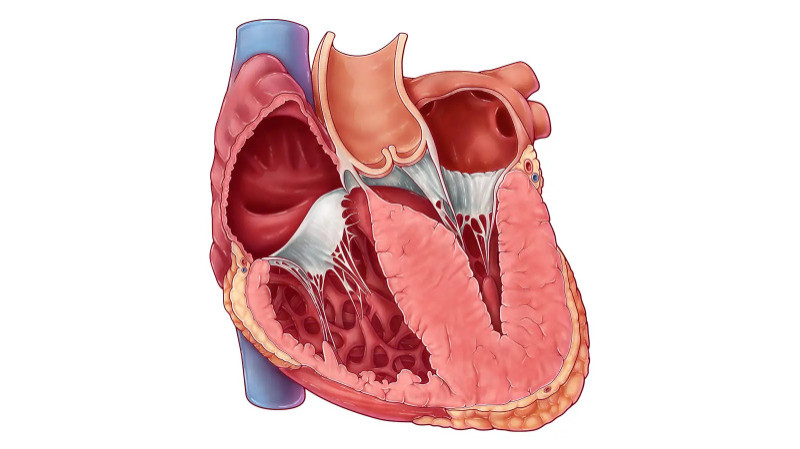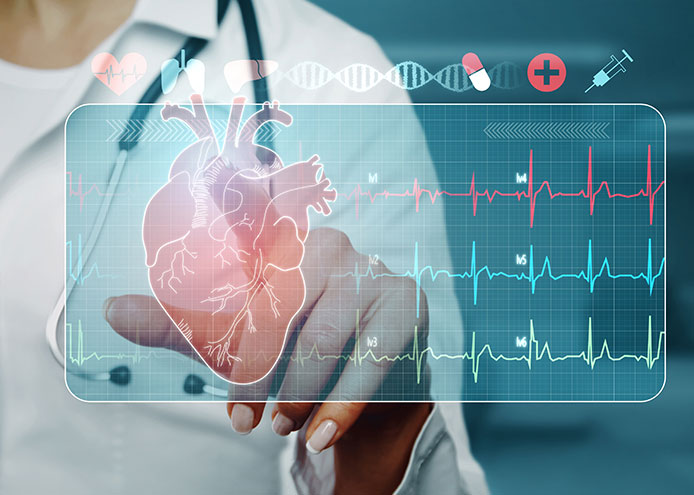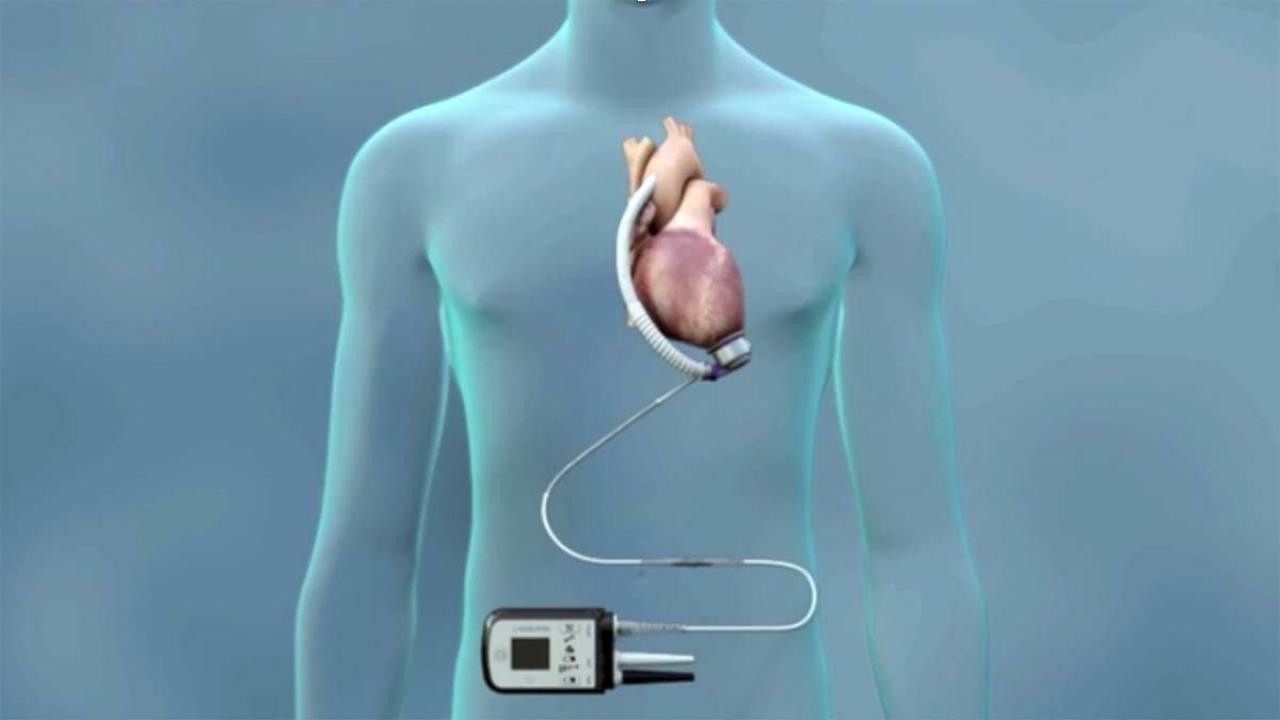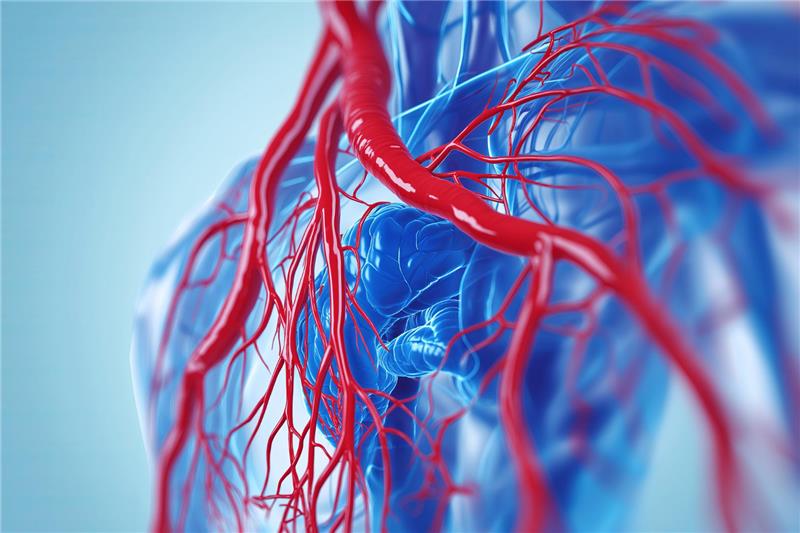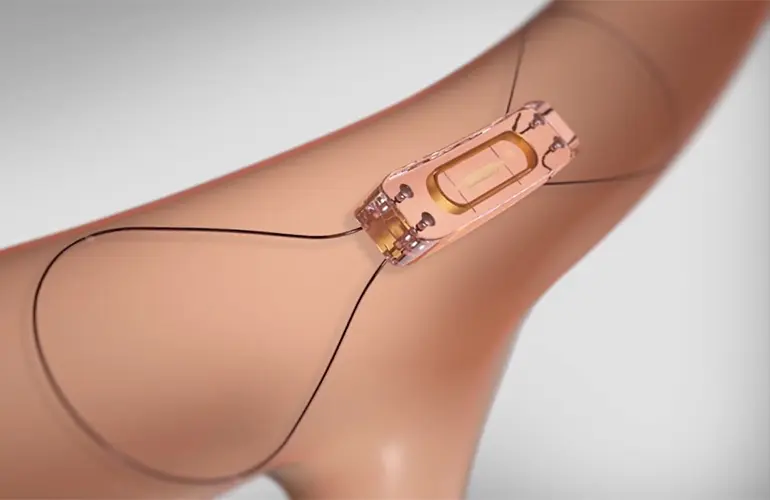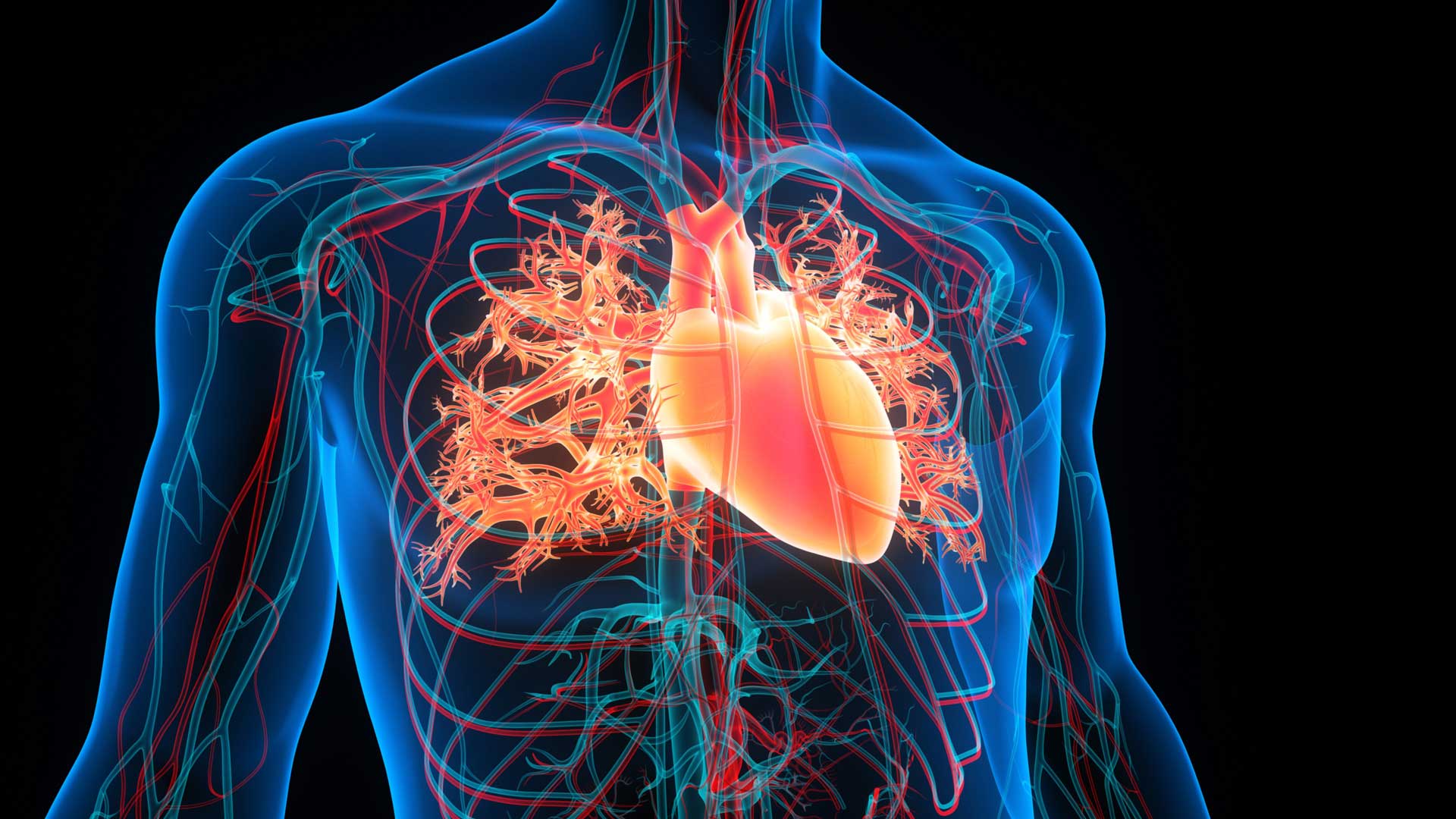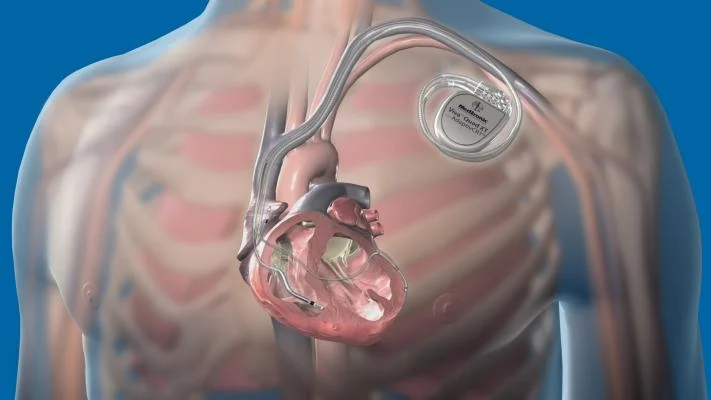Heart failure is a chronic condition that requires constant care and monitoring. Traditional models of care often rely on periodic clinic visits and self-reported symptoms, which can delay detection of worsening health. Remote monitoring is emerging as a transformative approach in heart failure management, allowing doctors to observe patient health in real-time and make faster, more informed decisions. This method is reshaping how heart failure is treated by improving patient outcomes and preventing complications.
What Is Remote Monitoring in Heart Failure?
Remote monitoring uses technology to gather and transmit patient health data from home to healthcare providers. It includes tools like wearable devices, smartphone applications, and implantable sensors that track important health parameters such as heart rate, blood pressure, oxygen levels, and weight. These tools allow doctors to receive continuous updates on a patient’s condition without requiring physical appointments.
Early Detection of Warning Signs
One of the key benefits of remote monitoring is its ability to detect symptoms before they become serious. Small changes, such as a sudden increase in body weight, may signal fluid retention, which is a common complication in heart failure. When caught early through digital monitoring, medications can be adjusted quickly, preventing hospital admissions and more serious health events. This early detection transforms treatment from reactive to proactive.
Reducing Hospital Readmissions
Heart failure patients are often readmitted to hospitals due to sudden health deterioration. Remote monitoring significantly reduces this risk by identifying problems early and enabling timely intervention. This not only eases the burden on healthcare systems but also improves the patient’s quality of life by keeping them out of the hospital and in a more stable condition at home.
Encouraging Patient Engagement
Remote monitoring also empowers patients to take an active role in their own care. Many monitoring systems allow patients to view their own health data, helping them understand how their daily habits impact their condition. This involvement fosters better adherence to medication schedules and lifestyle changes, which are crucial for managing chronic illness effectively.
The Role of Advanced Implantable Devices
Some patients may require more advanced technology, such as implantable sensors that monitor internal heart pressures. These devices provide precise data and can detect changes days before symptoms appear. Studies have shown that these tools can reduce the risk of hospitalization and even improve survival rates in patients with advanced heart failure.
Building a Reliable Care Workflow
For remote monitoring to be effective, hospitals and clinics must have systems in place to manage incoming data. Trained healthcare professionals need to review the data, interpret it, and act swiftly when readings indicate a problem. This digital-physical hybrid model is proving to be highly successful in improving care delivery and patient safety.
Addressing Challenges in Implementation
Despite its benefits, remote monitoring also faces challenges. Patient data privacy must be protected at all times, and technologies must comply with strict medical security regulations. Additionally, some patients—especially elderly individuals—may struggle with unfamiliar digital tools. Ensuring proper education and support is key to making remote monitoring accessible to all.
The Future of Heart Failure Care
Artificial intelligence is beginning to enhance remote monitoring by identifying patterns in patient data that could predict health declines. As this technology advances, it is likely to become standard practice not just in heart failure care, but across all areas of chronic disease management. The future points toward more personalized, efficient, and patient-friendly care.
Conclusion
Remote monitoring is changing the way heart failure is managed by enabling real-time care, early intervention, and greater patient participation. It reduces hospital visits, improves treatment outcomes, and provides peace of mind for both patients and healthcare providers. As technology continues to evolve, remote monitoring will remain a cornerstone in delivering high-quality, home-based cardiac care.


